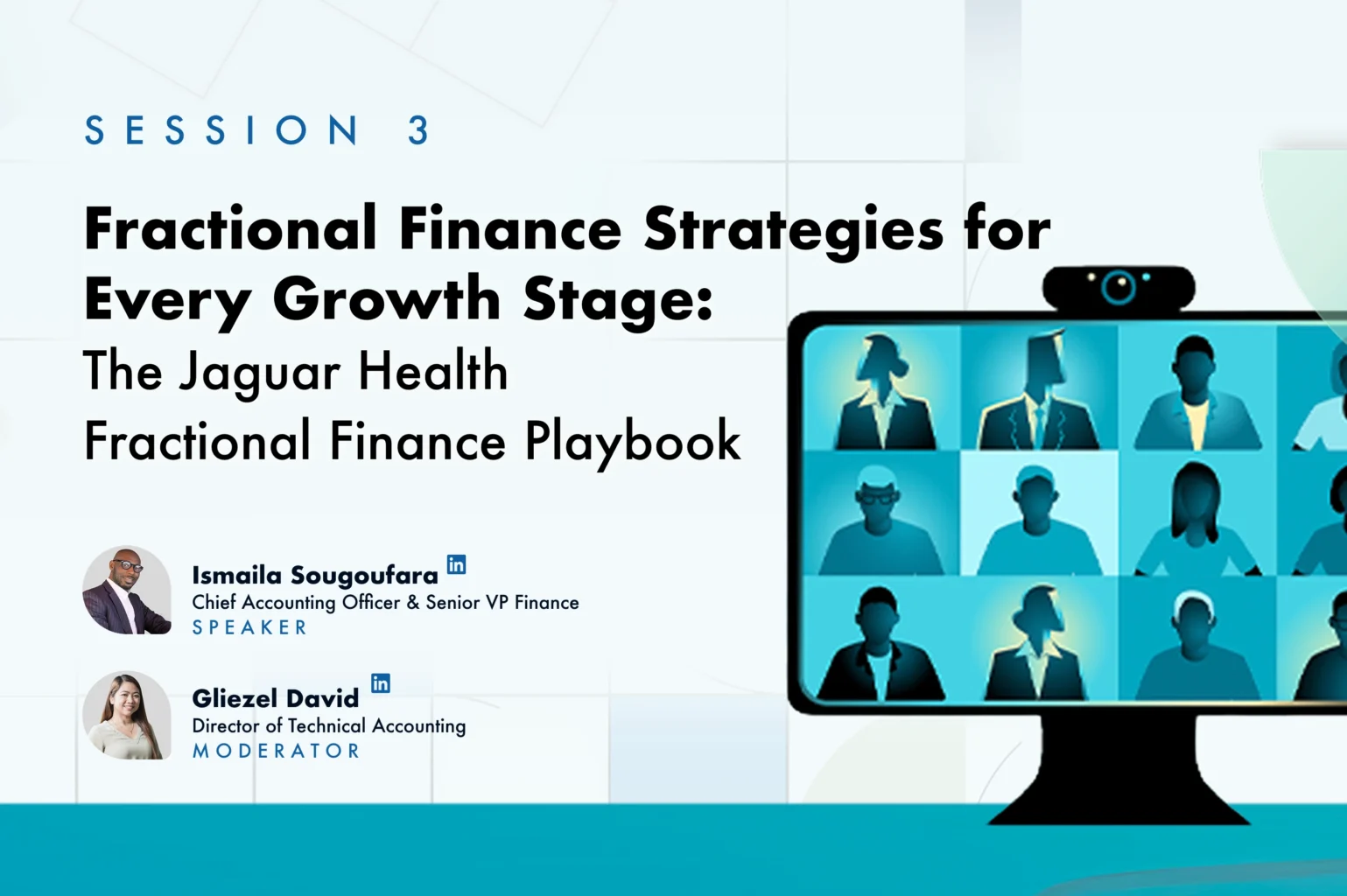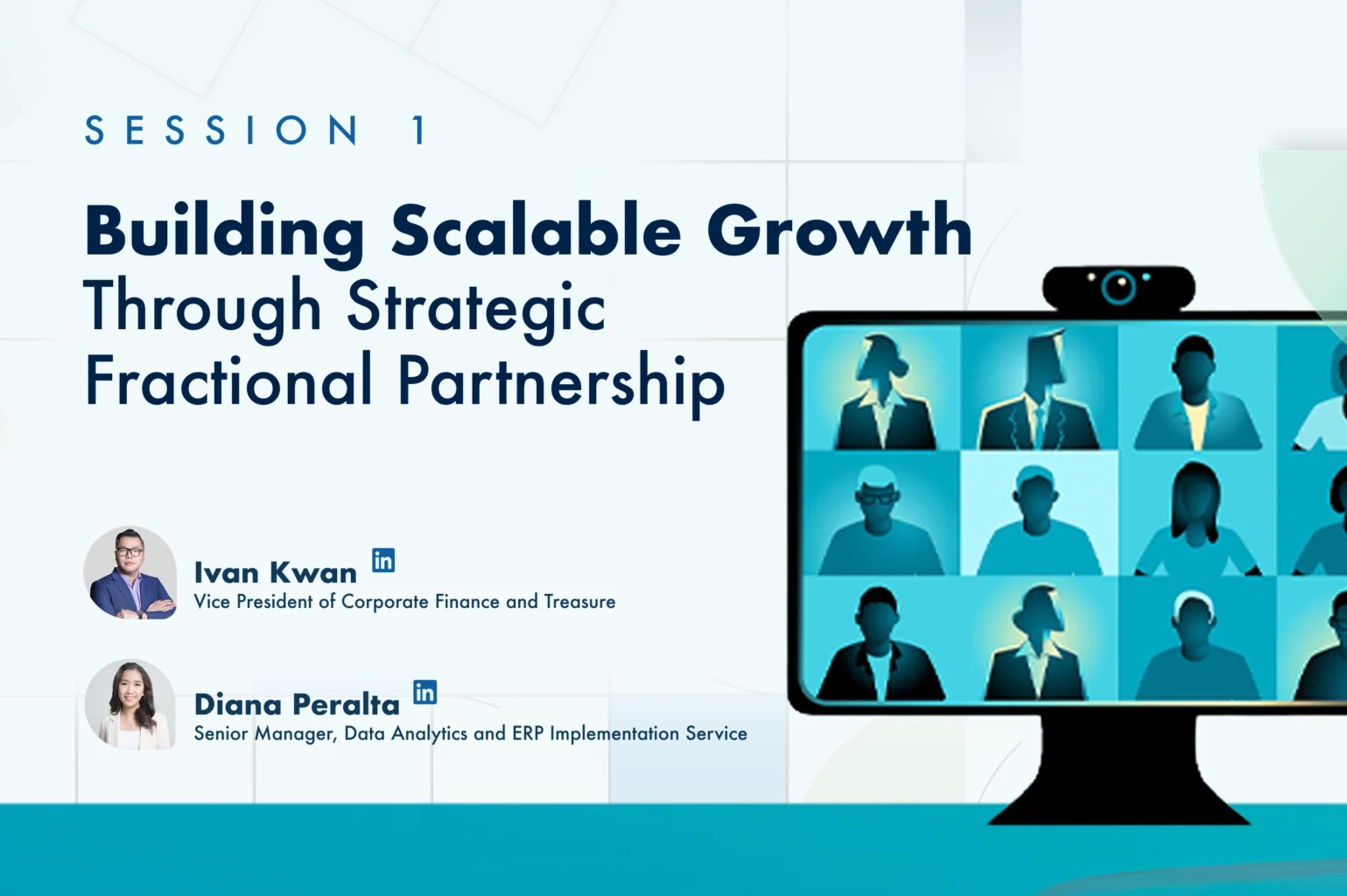Financial reports are vital tools for making the informed decisions it takes to run a successful business. But in many companies, the financial reporting process is manual, inefficient, time consuming, and prone to errors. The more complex your business grows—operating multiple departments, business lines, or locations—the more challenging it becomes to collect, aggregate, and report on financial information from disparate sources. Meanwhile, end users don’t always get access to the information they need for effective decision making.
These 5 tips can help improve your financial reporting, ensuring it is timely, accurate, and effective in delivering the information your end users need enterprise-wide.
Know What Your Audience Needs
Across your organization, different functional groups will likely need to see different types of financial data to make informed decisions within their sphere of influence. What the board of directors expects is very different from what a department head might need to know.
To ensure each end user group in your organization is equipped with the information it needs to operate effectively, engage them in discovery conversations to determine what data they need to see, how often, and at what level of detail.
Then dig a little deeper to find out how each end user group will use those financial reports. This insight will help you accomplish tip #2.
Tailor Your Reporting
Once you have a good understanding of each user group’s needs and preferences, you can tailor their financial reports to best suit their needs, use data visualization to highlight what they most want to see, and eliminate unnecessary information that adds clutter without value.
For example:
The board of directors will typically require a detailed presentation deck and package each quarter. The financial reporting portion of the packet will likely include a balance sheet, income statement, cash flow statement, and a statement of actual results vs budget. The more you can use dashboards and data visualizations to highlight what the board needs to see, the more useful their board packets will be.
Senior management wants to see standard financial statements such as an income statement, balance sheet, and cash flow statement at least quarterly. They also may need financial models that help them forecast at an enterprise level and compare how actual performance compares to forecasts over time. Data visualizations that draw their eyes toward the most relevant trends or exceptions can help them home in on items that most need attention.
Department heads can benefit from reviewing their group’s budget variance so they can assess if and how actual expenses exceeded or fell short of budget and determine if cost-cutting is needed. Other financial reports can help department managers assess how well an initiative is working and adjust to optimize results, which is critical for functions like marketing.
Investors will need a pitch deck that includes clear, accurate financials. In addition to the income statement, cash flow forecast, and sales forecast, investors typically want to see key performance indicators (KPIs) relevant for your industry. For example, a SaaS technology company will need to report on metrics like average revenue per customer and monthly churn rate. Many startups and growing businesses also look to fractional CFO services to ensure these reports and KPIs are accurate, forward-looking, and investor-ready.
Develop Effective, Standard Reporting Procedures
The more efficient and consistent your financial reporting procedures, the more accurate and timely your reporting will be. Best practices like these can help your accounting and FP&A teams improve and standardize their financial reporting procedures:
Establish processes that ensure everyone involved in financial reporting is working from a single, accurate data source. If you need to pull data from multiple sources, use technology to streamline the work and ensure accuracy (as described in tip #4).
Use collaboration tools that allow multiple people in finance, accounting, or other functions to work on the same documents concurrently. This provides an effective audit trail of changes made during the report development process, for better version control.
Avoid using shared drives that don’t allow for easy collaboration and only introduce obstacles and bottlenecks to your financial reporting process.
Move beyond Microsoft Excel as your financial reporting tool. In addition to the high risk of errors, inaccuracies, and data integrity issues—opening your company to financial and reputational risks—spreadsheets involve a great deal of inefficient manual work. They also slow the process, which delays getting timely, actionable information into the hands of decision-makers.
Leverage Technology
The right technology enables you to eliminate cumbersome manual steps, streamline the reporting process, and deliver financial reports that are usable and actionable. The key is to choose the best technology solutions for your needs.
Many companies opt for cloud-based accounting solutions like Xero or QuickBooks because they’re easy to use, eliminate software administration tasks like installs and backups, and automate basic tasks like bank reconciliation and transaction importing. However, these software packages are limited when it comes to financial reporting.
As your business expands and grows more complex, it can be beneficial to integrate your accounting solution with a reporting platform that provides more robust capabilities and flexibility. For example, cloud-based custom dashboard platforms make it easy to extract and integrate financial data from multiple sources and entities and handle foreign exchange conversions. These kinds of solutions are especially valuable for companies seeking biotech accounting services, and fractional CFO services where accuracy, compliance, and scalability are critical.
Use Data Visualization to Deliver Insights
Have you ever looked at a financial report and wondered, “Exactly what is this report telling me?” With senior managers, investors, and the board increasingly expecting finance to provide actionable insights that can drive the business forward, data visualization is becoming a must-have capability.
Data visualization uses charts, diagrams, maps, and other visual elements to tell a clear, compelling story of what is happening beyond the numbers. It’s ideal for helping C-suite executives identify trends, patterns, exceptions, and opportunities—exactly what you need to make the most effective decisions.
As examples like these illustrate, data visualizations can help you interpret and understand large quantities of financial data, faster and with more confidence. They also can automatically calculate key metrics and ratios, such as growth or decline rates based on new data inputs, and they can easily integrate data from multiple sources (which is critical if your business uses multiple financial systems across different business units or geographic regions).
The ability to develop and deliver timely, actionable financial reports is critical to your success. Contact Scrubbed at [email protected] or 800-837-5160 to learn how our team can improve your financial reporting and get your decision-makers the insights they need.








